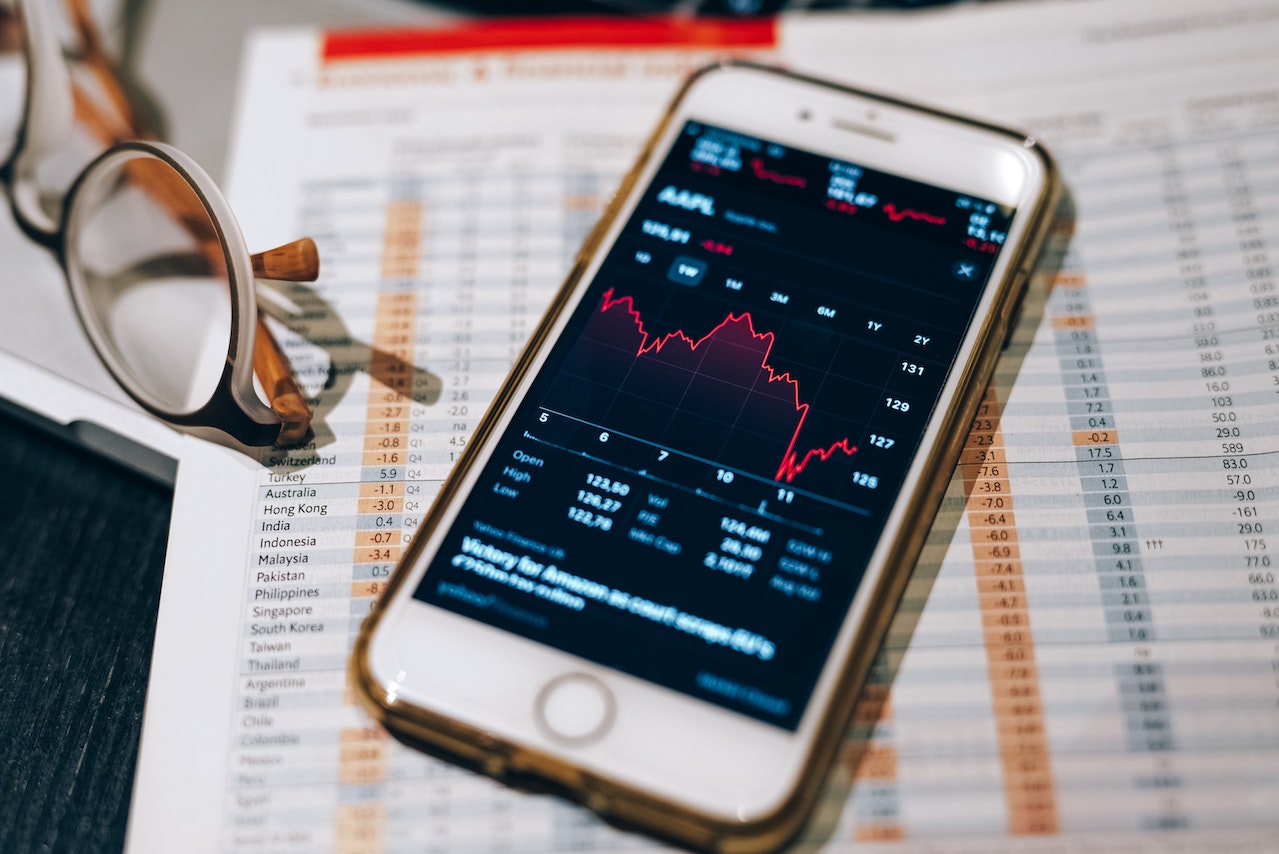In a twist of market sentiment, a surge in stocks was quickly subdued, leaving indices in the red at the end of the trading day on Friday. The shift was triggered by Federal Reserve Chairman Jerome Powell’s speech during the annual Jackson Hole Economic Symposium in Wyoming. The highly anticipated speech sent ripples through Wall Street, resulting in the S&P 500 (^GSPC) dropping by 0.3%, the Dow Jones Industrial Average (^DJI) losing 0.1%, and the tech-heavy Nasdaq Composite (^IXIC) experiencing a 0.4% decline.
Initially, the markets seemed to welcome Powell’s commentary, particularly as the Nasdaq Composite soared by up to one percent shortly after he concluded his speech. However, this upward trajectory proved fleeting, as investors meticulously dissected Powell’s words and adopted a more cautious outlook.
Powell’s address centered on the Federal Reserve’s stance on interest rates and inflation. He indicated that the central bank is primed to implement further rate hikes and emphasized its commitment to restoring inflation to its 2 percent target. These sentiments were reminiscent of Boston Fed President Susan Collins’ earlier suggestions that more substantial interest rate increases might be necessary.
Interestingly, this market pivot emerged on the heels of Thursday’s retracement, where the Nasdaq experienced a significant drop of nearly 2%. This decline came in the aftermath of Nvidia’s (NVDA) robust earnings report. The rapid change in trajectory showcased the volatility that has become a hallmark of modern markets.
Notably, this isn’t the first time Powell’s Jackson Hole speech has triggered such a market response. In the previous year, his remarks also led to a downturn in the stock market. Back then, Powell indicated the Federal Reserve’s unwavering commitment to raising interest rates until inflation was effectively curbed. The aftermath of that speech witnessed a steady rise in the federal funds rate, which has climbed by 300 basis points since, now resting at levels last observed in 2001.
In essence, Powell’s discourse at the Jackson Hole symposium left financial analysts and market players in a state of flux. Initially greeted with optimism, his speech prompted an immediate uptick in stock performance. Regrettably, this positive trajectory was short-lived, as investors delved deeper into Powell’s statements, discovering a more nuanced and potentially challenging economic landscape.
The market’s response underscores the delicate balance that Powell and the Federal Reserve must navigate as they attempt to steer the economy toward stable growth. The pendulum-like swings in stock performance highlight the profound influence of central bank communication on investor sentiment. As the markets remain poised for further developments, one thing remains clear: the symbiotic relationship between the Federal Reserve’s actions and Wall Street’s reactions will continue to define the trajectory of the financial landscape in the coming weeks.
Source: Yahoo Finance



